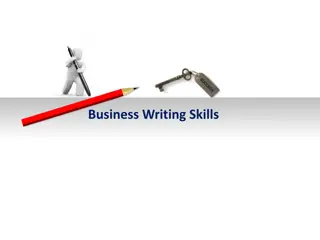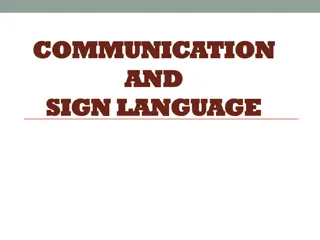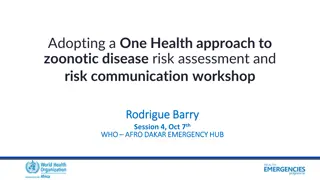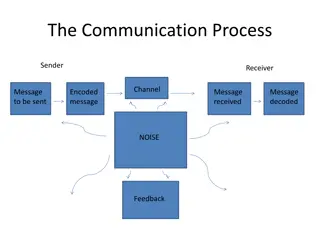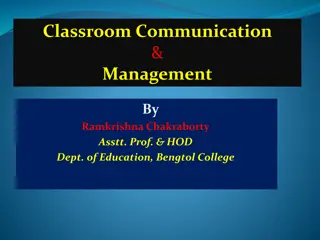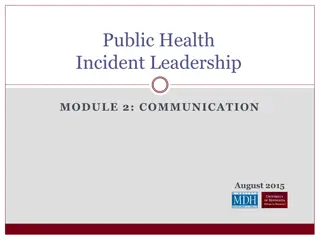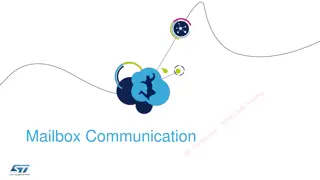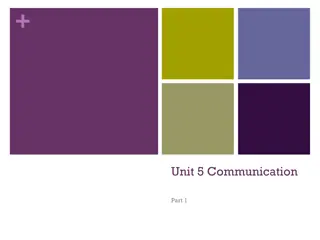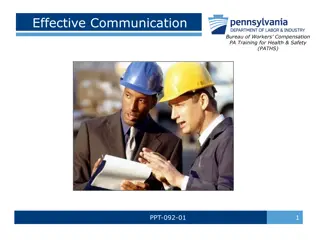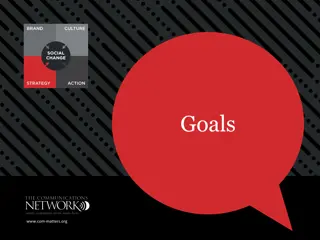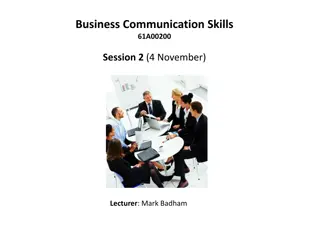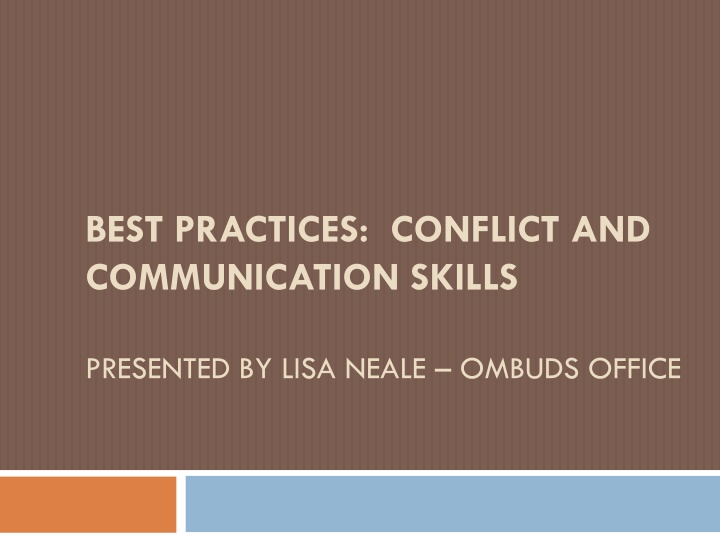
Effective Conflict and Communication Strategies for Workplace Success
Enhance your conflict resolution and communication skills with insights from Lisa Neale's presentation. Learn about crucial conversations, conflict styles, DiSC personality assessment, and recognizing silence and violence behaviors. Explore the impact of stress on your communication style and practice identifying different conflict resolution options to achieve desired outcomes.
Download Presentation

Please find below an Image/Link to download the presentation.
The content on the website is provided AS IS for your information and personal use only. It may not be sold, licensed, or shared on other websites without obtaining consent from the author. If you encounter any issues during the download, it is possible that the publisher has removed the file from their server.
You are allowed to download the files provided on this website for personal or commercial use, subject to the condition that they are used lawfully. All files are the property of their respective owners.
The content on the website is provided AS IS for your information and personal use only. It may not be sold, licensed, or shared on other websites without obtaining consent from the author.
E N D
Presentation Transcript
BEST PRACTICES: CONFLICT AND COMMUNICATION SKILLS PRESENTED BY LISA NEALE OMBUDS OFFICE
Todays Agenda Crucial Conversations teaser Conflict Styles DiSC Personality Review
What is your Style Under Stress? Take the assessment Why would it be important to know this? How can you use this?
Examples of Silence and Violence Violence any action taken to compel others toward your point of view: Silence any action taken to keep information out of the Pool of Shared Meaning: Attacking, labeling, controlling Withdrawing, masking, avoiding Sounds or looks like? Sounds or looks like?
Facts and Stories What s the difference? Good stories Unhelpful stories Victim Villain Helpless
Lets practice! In small groups, describe a person who is Disrespectful Lazy Unreliable
Identifying your Options: Conflict Styles In your example conflict, What did you do? Give in? Try to win? Seek a compromise? Try and understand the other person s perspective? Ignore or side-step issue? Jot down what you did of these options This could be your preferred conflict style.
Assessing Your Conflict Style Most people have one or two preferred styles Helpful to know that you have other options and the option you choose should be dependent on the results you want to achieve There is no right or wrong style
Concern for Self Competing Collaborating (win/lose) (win/win) Compromising (win/win) (lose/lose) Avoiding Accommodating (lose/lose) (win/lose) Concern for Others
AVOIDING How do people act when using this style? Diplomatically side-step the issue, ignore, hide, procrastinate, deny there is a problem When would you use this style? When it isn t important to you, not worth it to engage When wouldn t you use this style? When the conflict continues, no one s needs are being met
ACCOMMODATING What behaviors are present with this style? Smiling, listening, giving in, obeying, apologizing When would you use this style? It s not that important to you, not necessary to understand other person s interests When wouldn t you use this style? A fast decision is needed, not a lot of commitment involved in the process
COMPETING How do people act when using this style? Assert their position, debate, shout, interrupt, do not give in, possible physical contact/violence When would you use this style? Emergencies, when you are being taken advantage of/manipulated, when you really want to win When wouldn t you use this style? When the relationship takes precedence over your winning
COLLABORATING How do people act when using this style? Listen, identify interests, explore issue in depth, find ways to improve relationship When would you use this style? Long-term relationships, you have the time to commit to the process, you want a lot of buy-in, involvement When wouldn t you use this style? Time factor, leadership is more important, situation does not require this process
COMPROMISING How do people act when using this style? Make concessions, seek to split the difference, find happy medium When would you use this style? When you don t have the time and energy, need for a fast solution, relationship isn t that important When wouldn t you use this style? When determining interests to enhance the relationship is more important than a quick solution
When to use which style How much time to do you have (i.e., does action need to be taken immediately?) What have you already tried? How important is the issue to you? Is there a relationship? Is there a possibility you are wrong? Has this ever happened before? Is there a difference in power?
Scenario: A co-worker recently stopped friendly conversations with you. You are unsure why. Yesterday, this co-worker came into your office, slammed the door shut behind her, and began screaming at you for not completing an important report. After a few minutes of screaming, she left your office. What conflict styles have you used? What other options do you have at this point?
Concern for Self Competing Collaborating (win/lose) (win/win) Compromising (win/win) (lose/lose) Avoiding Accommodating (lose/lose) (win/lose) Concern for Others
Understanding D Key characteristics of people with high D tendencies: High ego strength Strong-willed Decisive, Direct Efficient, Energetic Competitive Independent, Risk-Taker Practical, wants bottom-line answers Likes to take charge, be in charge Active and in a hurry
Understanding i Key characteristics of people with high i tendencies: Optimistic Enthusiastic, Emotional Persuasive Animated, Fun-Loving Very Verbal, Talkative, Lots of stories Involved with people Stimulating, Entertaining Very Outgoing Active
Understanding S Key characteristics of people with high S tendencies: Patient, Loyal Good listeners Team Player Relaxed, Easy-going, Friendly Speaks softly Calming influence Supportive Reserved Prefers stability, methodical approach
Understanding C Key characteristics of people with high C tendencies: Gives attention to high standards, perfectionist Accuracy, Analytical thinking Persistent Quality control, Very detailed Responds with caution Speaks without emotion Precise, Diplomatic Reserved with expressions and feelings Prefers a lot of information, Factual Uses indirect approaches to conflict
Name that style: email decoding Formal, detailed, serious Happy tone, , colors States purpose, brief notification Friendly, methodical approach
We Are Here to Help! The Ombuds Office is on both campuses: Anschutz Building 500, Room 7005C Denver LSC, Room 1003 www.ucdenver.edu/ombuds



